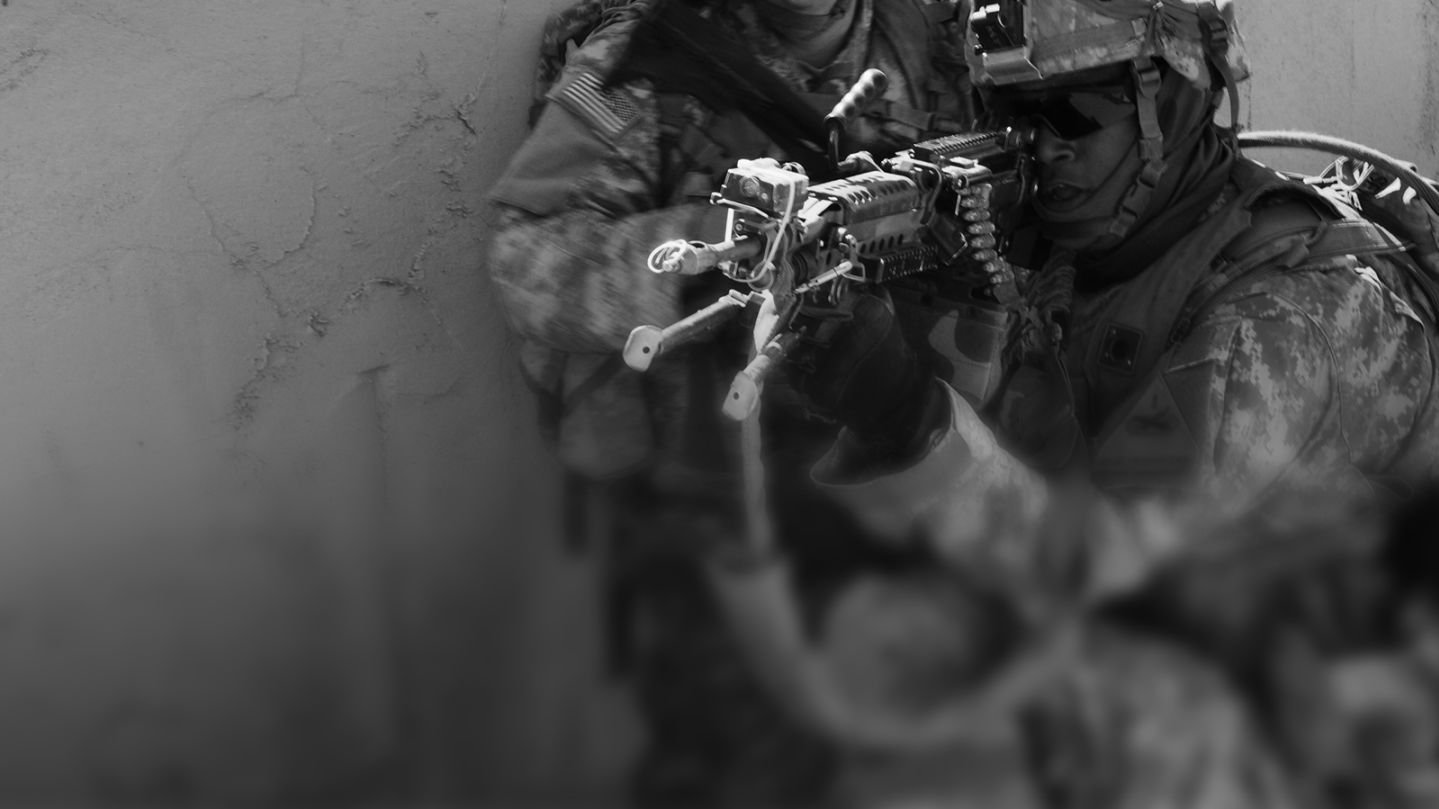Nearly invisible to the enemy as it stalks the oceans depths, the USS Hartford, a Los Angeles-class nuclear-powered submarine, provides the US Navy with a lethal combination of stealth and firepower.
Thousands of miles from homeport, the Hartford cruises the Arctic Ocean – the site of a potential new flashpoint between Russia and the US. CNN saw at first hand how it can launch a two-ton 20-foot-long torpedo capable of destroying an enemy submarine in an instant.
Along with the USS Connecticut fast-attack submarine and the UK Royal Navy’s HMS Trenchant, the 6,000-ton Hartford is currently participating in multinational exercises training for its primary mission: to hunt and kill enemy ships and submarines.
The Arctic is the newest and most daunting front in the expanding global conflict between the US and Russia as both nations battle to control nearly 5.5 million square miles of frozen terrain.
But the receding ice is opening new opportunities for oil exploration, potential shipping lanes and – crucially – new paths to wage war.
“We are well aware that we are in a great power competition environment and the Arctic is one piece of that,” said Navy Rear Adm. James Pitts, commander of the Undersea Warfighting Development Center. “All the more reason why we the Navy are practicing up here and doing exercises to make sure that we can operate effectively.”
But while the US Navy regularly conducts submarine training drills – often with key allies – this five-week operation dubbed “ICEX” is unique, as it takes place in one of the harshest environments in the world – under the Arctic ice.
It’s a region where even surfacing requires enormous power and skill, but the drills “provide the US submarine force and partners from the British navy an opportunity to test combat and weapons systems, sonar systems, communications and navigation systems in a challenging operational environment,” Navy Cmdr. Corey B. Barker said in a Pentagon news release.

“From a military, geographic, and scientific perspective, the Arctic Ocean is truly unique, and remains one of the most challenging ocean environments on earth,” Pitts said.
The unique acoustic undersea environment is further compounded by the presence of a contoured, reflective ice canopy when submerged, according to the Defense Department.
“Our submarine forces are capable of operating here just as we operate along our East Coast and throughout the world,” the Hartford’s Cmdr. Matthew Fanning told CNN.
These types of drills show “we are capable of doing it and willing to come up here and conduct operations,” he added.
Russia and China are two powers trying to catch up to US submarine capability, Pitts said.
Specifically, Russia has invested heavily in developing its own underwater stealth capabilities in recent years and their submarine technology is approaching the level of the US fleet, much like the peer-to-peer comparison seen during the Cold War, a congressional aide familiar with the issue recently told CNN.
An emerging submarine rivalry has added new urgency to this year’s ICEX exercises. A British submarine joined the maneuvers for the first time in a decade and US forces are refocusing on a Cold War-style mission.
According to Fanning, US submarine forces have shifted their focus away from the post-9/11 counter terrorism mindset and back toward an emphasis on lethality – or leveraging offensive weaponry, like a torpedo, against a threat.
And the ability to wield the submarine as an offensive weapon is something Fanning said he teaches to every member of his watch team, not just the highest-ranking officers.
Operating under the Arctic presents its own unique challenges as submarines are unable to rely on access to GPS navigation and have limited communications.
Crews also face danger from below and above as ice keels as long as 150 feet extend down from the ice sheet.
However, the biggest challenge of navigating in the Arctic still comes from Russia.
In addition to developing quieter, more deadly submarines of their own, the Russian military has assembled an arc of steel along its Arctic coast made up of dozens of military bases, ports and airfields.
“We know that in every case they are trying to get faster and better at what they do and integrating technology into their platforms,” Commodore Ollie Lewis, Commander of Submarine Squadron 12 told CNN.
“It’s really set them on a ramp to where if we don’t continue to do the same, we’ll find ourselves in a place of falling behind,” he said.
U.S. Navy's submarine fleet
For the US Navy, maintaining that undersea advantage means building more submarines and adding more capabilities.
By most accounts, the US still maintains the most capable submarine fleet in the world – the Hartford is virtually invisible and silent to its enemies allowing it to strike without warning and hit targets both above and below the surface.
But despite President Donald Trump’s request for additional defense spending, years of budget cuts and continuing resolutions have had a severe impact on the Navy’s maintenance and shipbuilding efforts.
In addition to it’s 42 active Los Angeles-class submarines, the Navy plans to build 30 Virginia-class submarines and replace its 14 aging Ohio-class boats with 12 Columbia-class submarines, the first of which is expected in fiscal year 2021.
But even if the Navy is able to achieve its goal of producing two or three new fast-attack boats per year, the service will only have 41 attack submarines by 2029, according to the Navy’s FY17 30-year plan.
CNN’s Jennifer Rizzo and Jeremy Harlan contributed to this report.






























